|
|
ADDRESS AT THE 2ND ASIAN INTERVENTIONAL CARDIOVASCULAR THERAPEUTICS CONFERENCE, NEW DELHI
03-10-2006 : New Delhi
Multi-dimensions of Cardiac Care
Let my brain,
Remove the pain.
I am happy to participate in the inauguration of 2nd Asian Interventional Cardiovascular Therapeutics (AICT) conference organized by the Society for Cardiovascular Angiography and Interventions with active participation of Asian-Pacific Society of Interventional Cardiology. My greetings to the organizers, cardiologists, surgeons, doctors, medical scientists and technologists, pharmacologists, distinguished guests and all the participants of this Conference. Cardiac care is a vital health care area for the whole world. The Interventional Cardiologists have to provide leadership in bringing smiles in the faces of cardiac patients. In this gathering I would like to discuss on the topic "Multi-dimensions of cardiac care".

My association with cardiac specialists
During the last seven years, I have participated and addressed several conferences on Coronary Artery Diseases (CAD) and possible solutions. Every time, it is indeed a great experience to interact in this important area. During this period, I have come across number of specialists in CAD, compared to any other health area. This may be due to my having more friends in the cardiac care field, some of whom are experts in open heart surgery, bypass surgery, some in interventional cardiology some of them in combination. I have seen and witnessed the whole mechanism of the heart surgical operations, treatment of patients and above all, I have interacted with many patients. Also more than five years, I had been in touch with experimental results of three dimensional life style intervention research on Dilwallahs at Mount Abu.
In my discussion with you today, I will highlight some of the important problems regarding the recurrence of angina after surgery or angioplasty with multiple drug-eluting stents. I am convinced that some of the interventional cardiologists, cardio-thoracic surgeons, physicians, doctors who have the clinical data on patients are the only people who can be great researchers. In this connection, I will be presenting the experiences from two institutions that carried out research on the efficacy of lifestyle intervention in preventing further heart ailments among patients who have undergone bypass or Angiography.
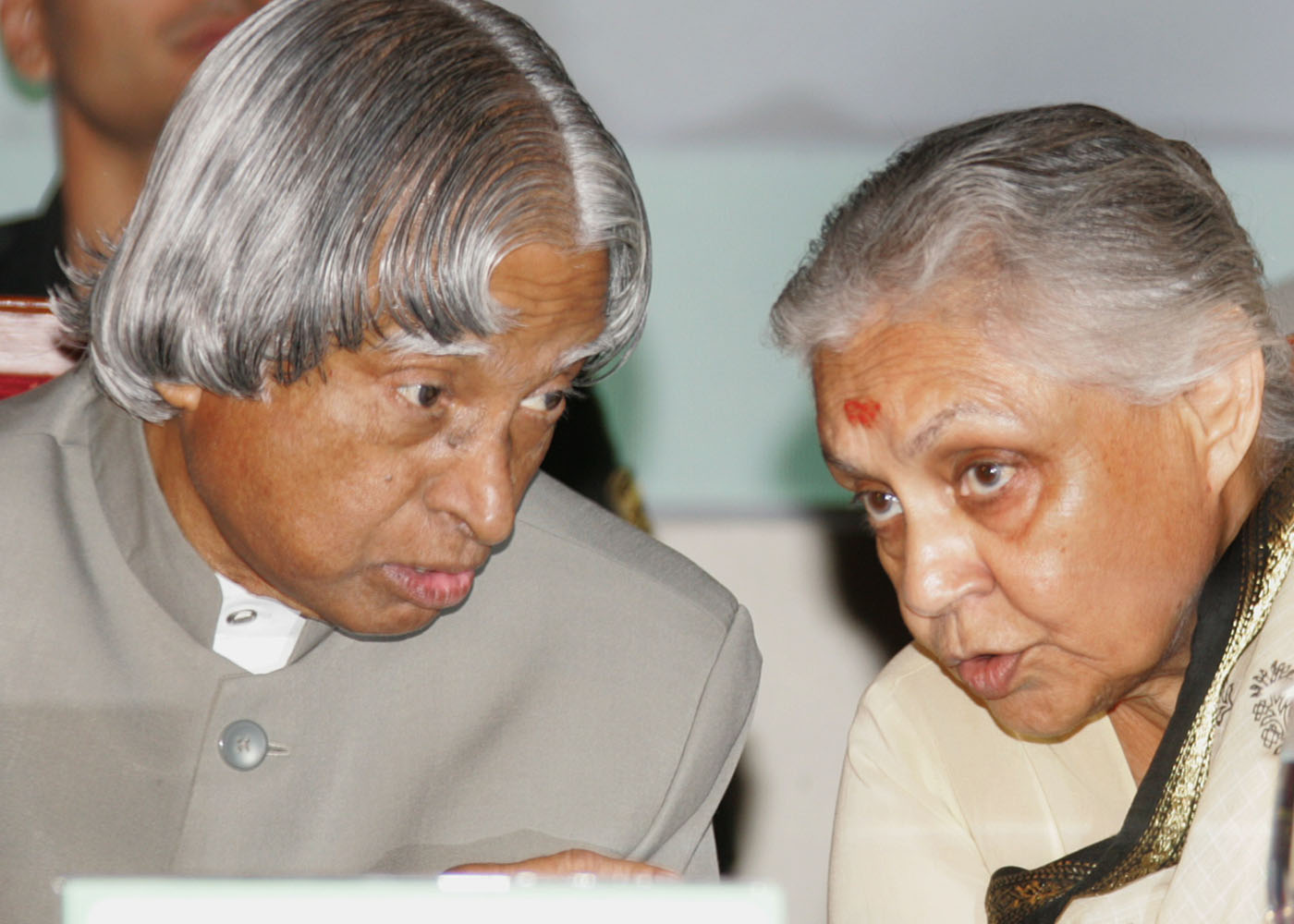
Friends, when I was preparing this talk for you, I had a tele-conversation with my friend at CARE Hospital, Hyderabad yesterday. He informed me that Dr. Ravi Kumar and his team were busy performing a robotic surgery for replacement of Mitral valve at CARE hospital, Hyderabad, when the whole country was celebrating Dusshera and Gandhi Jayanti. This is the type of dedication and commitment I find from many surgeons, Interventional cardiologists and Physicians in Heart care. Most of you belong to this heart care family. Nations are thankful to you.

Growth of Interventional Cardiology
When I think of interventional cardiology, I am reminded of Werner Forssman, a resident surgeon who catheterized his right atrium, from the antecubital vein, a landmark had been made to unravel the mysteries of heart and circulation in 1929. Since then, the coronary heart diseases had found many solutions through coronary arteriography, coronary artery bypass surgery, robotic surgery and coronary balloon angioplasty. Later, stents (metal scaffoldings) were developed to keep the balloon-opened coronary arteries by providing support to the coronary artery from within. This dramatically improved the safety and efficacy of coronary angioplasty. The drug-eluting stents, the second generation stents, have drug coating embedded on its surface for slow local release, so as to prevent unwanted tissue growth encroaching into the stent lumen thus significantly reducing re-stenosis of these stented coronary arteries. This ensured long-term efficacy of coronary angioplasty. However, as you can see, none of these procedures could recreate the permanently damaged heart muscle or the damaged blood vessels. Attention has now been focused to tissue regeneration, be it cardiac muscle or cardiac blood vessel. Stem cell therapy has come in for this type of problem.
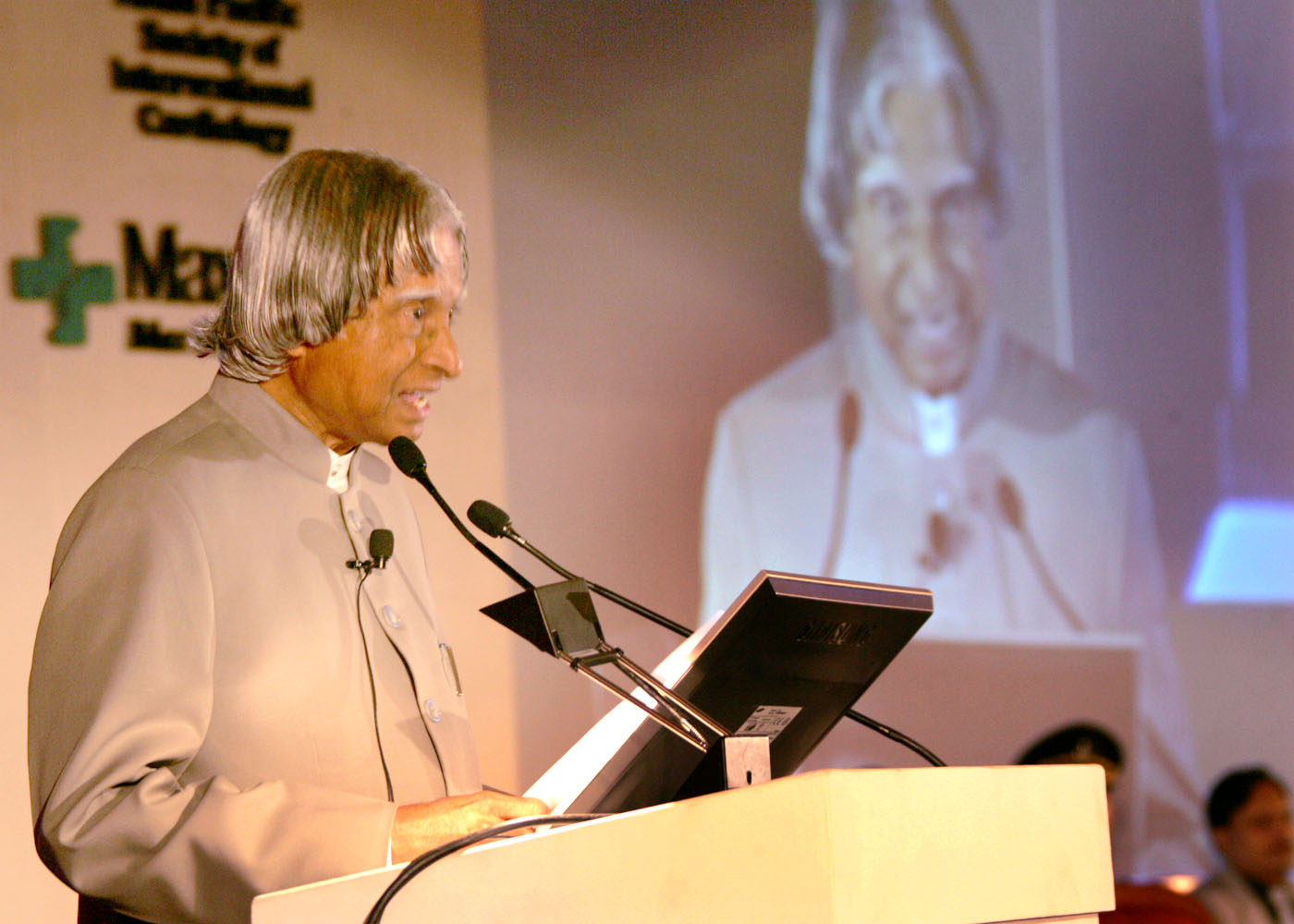

Need for basic research and environmental upgradation
Few points, different from normal thinking, I have come across from my cardiac friends which I would like to share with you.
a. The medical research is undertaken predominantly by medical devices and pharmaceutical companies. There is a need for reporting the results of negative studies in scientific journals. This will make the practitioners of medicine to take a well informed decision.
b. Every industry spends significant amount for preventing accidents and building in reliability. Similarly the medical and health care institutions should also spend significant amount on research for preventing accidents and in building reliability in medical devices and treatment. There is a need for conducting enhanced research to prevent disease and search for curative solutions in addition to allocations for carrying out research on interventions. Medicine today needs a paradigm shift.
c. Twenty years back the inventor of Kidney dialysis called it as the second best option. According to him the best option was prevention of kidney diseases. It is truer in case of cardiovascular disease also.
d. The amount of resources allocated to research for curative medicine and launching of preventive programs at the community level are very much limited. Whereas degradation of environment is taking place very fast because of urbanization, industrialization and fast pacing of life. Infusion of right kind of money and altruistic professionals can only bring the normal health to people.
I would suggest the participants of this Conference to discuss the suggestions and provide recommendations for taking up preventive programs at the community level and promoting research to find curative solutions.
In this connection, I would like to present the findings of a research study jointly conducted by DRDO (Defence Research and Development Organisation) and Global Hospital, Mount Abu on lifestyle intervention on cardiac patients. I was participating in this programme.
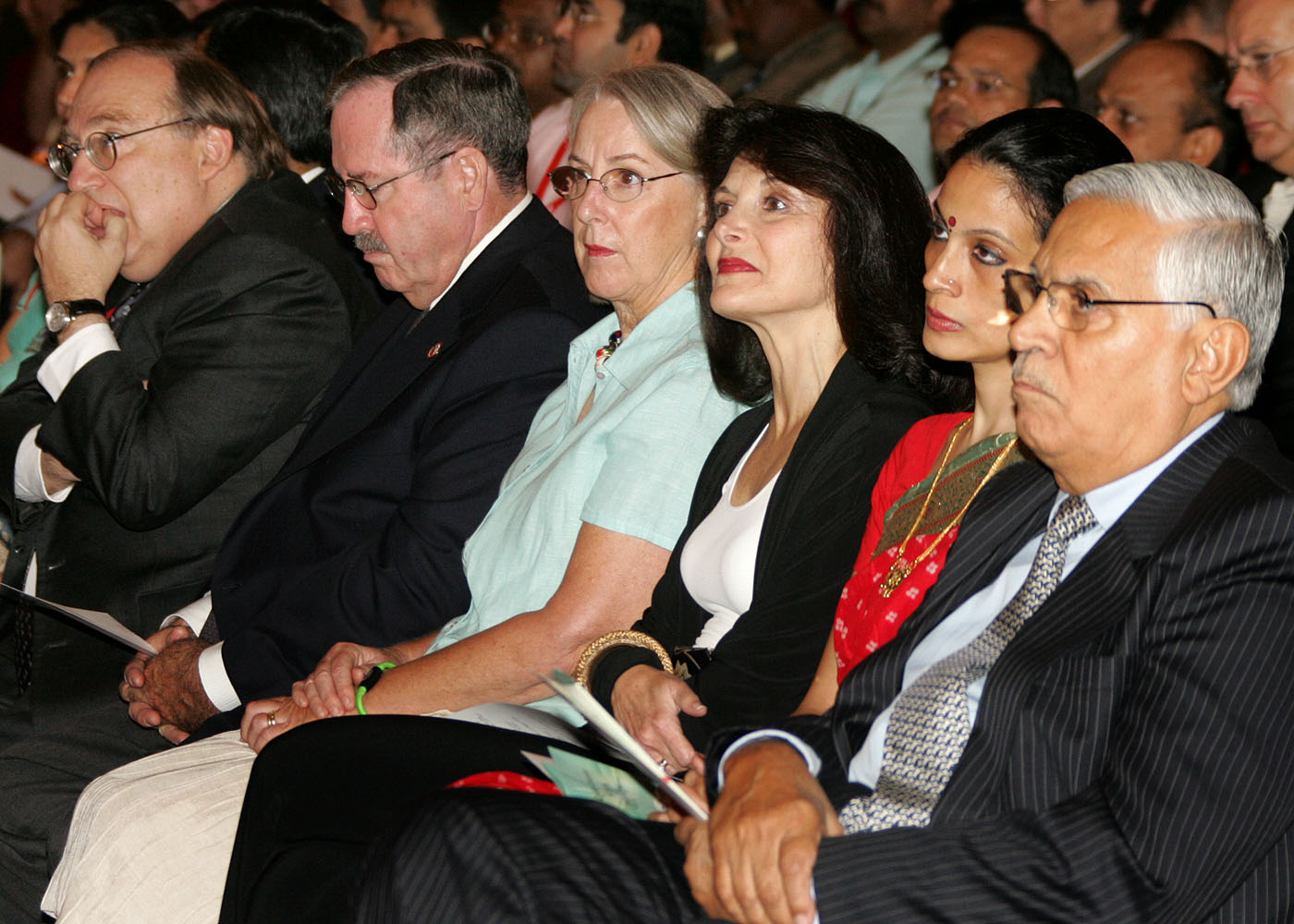

Mind-Body-Synergy Studies
Studies on optimization of mind-body-synergy had commenced in the Defense Research and Development Organization in 1993 by integrating two laboratories namely the Defense Institute of Physiology and Allied Sciences and the Defense Institute of Psychological Research. This enabled creation of mind-body-synergy in understanding problems faced by humanity. Studies were started in three areas namely cancer, HIV/AIDS and coronary artery disease. The aim of the studies was to validate the hypothesis that mind-body-synergy could provide a solution to global health problems.
Health has to be treated not as the absence of disease but the feeling of complete physical, mental and social well-being. Generally, the conventional health care system pays attention to physiology. I have come across a beautiful book ? 3 decades ago titled "Man the Unknown" written by the Nobel laureate ? Alexis Carroll. He brought out for the first time how in medical schools, treatment deals with mostly converting pathology to physiology, whereas, the cause of pain and the disease arises out of lack of an integrating mechanism in the mind and the body. This has led to a major change in thinking about the causes of disease and has resulted in a considerable amount of change in the medical syllabi in different parts of the world. Apart from mind-body-social synergy to attain good health, we need to add the fourth dimension, that of spiritual health.

DRDO - Global Hospital Initiative
Keeping this in mind the DRDO took the initiative of formulating a project in collaboration with the Global Hospital and Research Centre, Mount Abu an institution of the Brahma Kumaris. They added a spiritual environment to take care of total heart health. In addition, this project involved a partnership from many hospitals and research institutions spread in different parts of the country, wherein cardiologists, endocrinologists, physiologists, fitness experts and spiritualists worked hand-in-hand for more than eight years to understand if this integrated mechanism can provide an antidote to the expanding global heart problem.
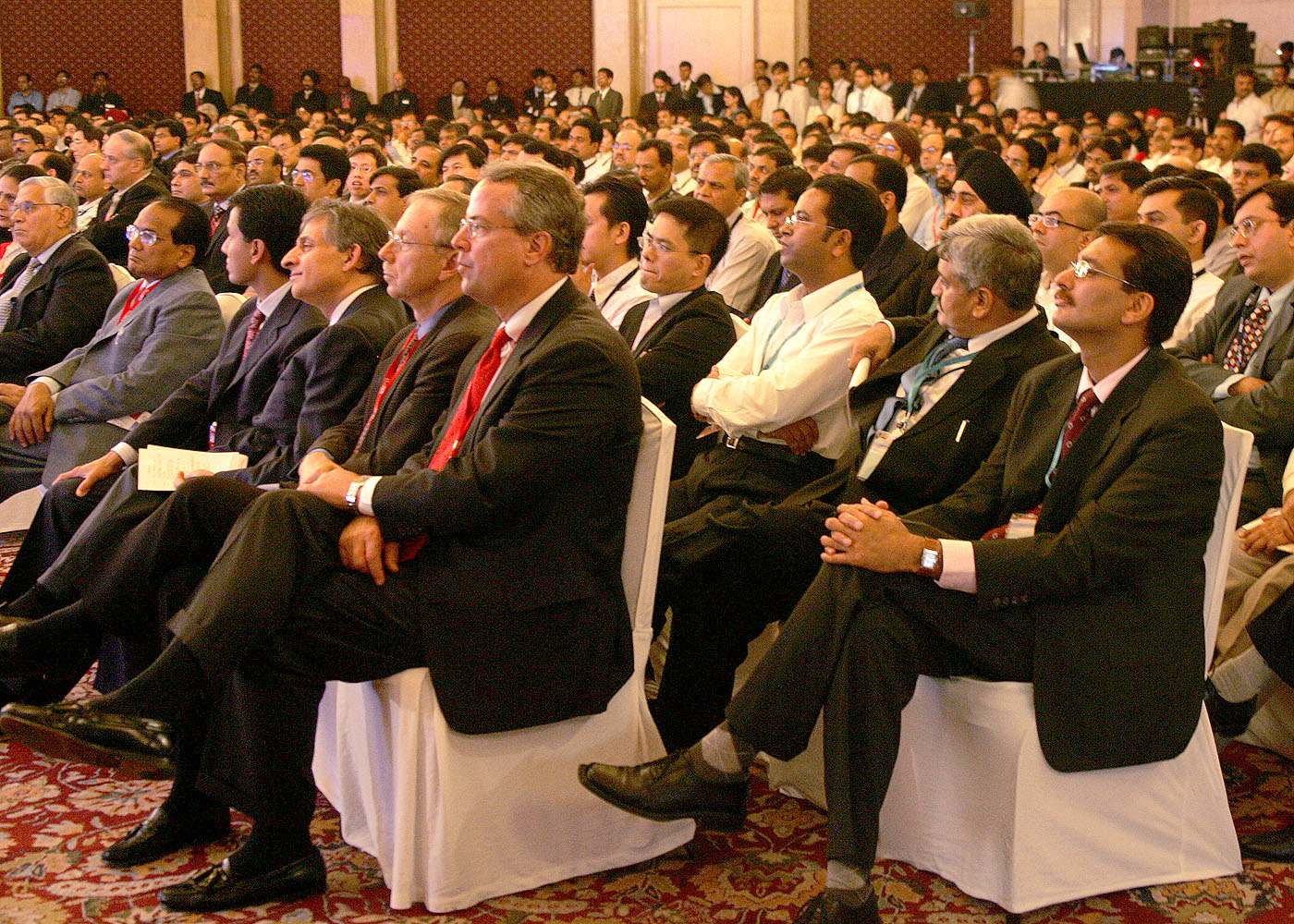

Effect of Positive and Negative Thoughts
Friends, we know well that thoughts whether positive or negative are well-defined electro-chemical events with physiological consequences. Thoughts, in the brain are converted into matter, which I understand reach all fifty ? sixty trillion cells of the body in the form of neuro-peptides. If thoughts are distressing, full of worry, anger, ego or anxiety, the brain starts pouring stress hormones, which in turn increases the load on the heart and can set in coronary artery disease. If, we can reverse this process by creating an environment of positive thoughts, peace and happiness, this can minimize the load on the heart, which should lead to reversal of the disease. The main hypothesis was by adapting a healthy lifestyle of low fat high fibre vegetarian diet, moderate exercise and stress management through meditation, we can decrease load on the heart which in turn should reverse or halt the disease process. It has been recognized that keeping mind and body busy through good work is another way of Yoga.

Study Design
This hypothesis was tested in more than five hundred and eighteen patients, who had angio-graphically proven coronary artery disease. Two trials were carried out, Mount Abu Open Heart Trial in which patients served as their own controls and Abu Healthy Heart Trial in which hundred and twelve patients received a healthy life style, whereas hundred and five patients served as control and did not receive the healthy life style intervention. In fact, the control group was also prescribed the same diet and exercise but was not given instructions on meditation. Most of these patients had advanced coronary artery disease involving all three heart arteries. These patients were tracked over a period of eight years by the Global Hospital and DIPAS. I had an opportunity to be with the research group for 5 times during the review process of patients (Dilwallahs).
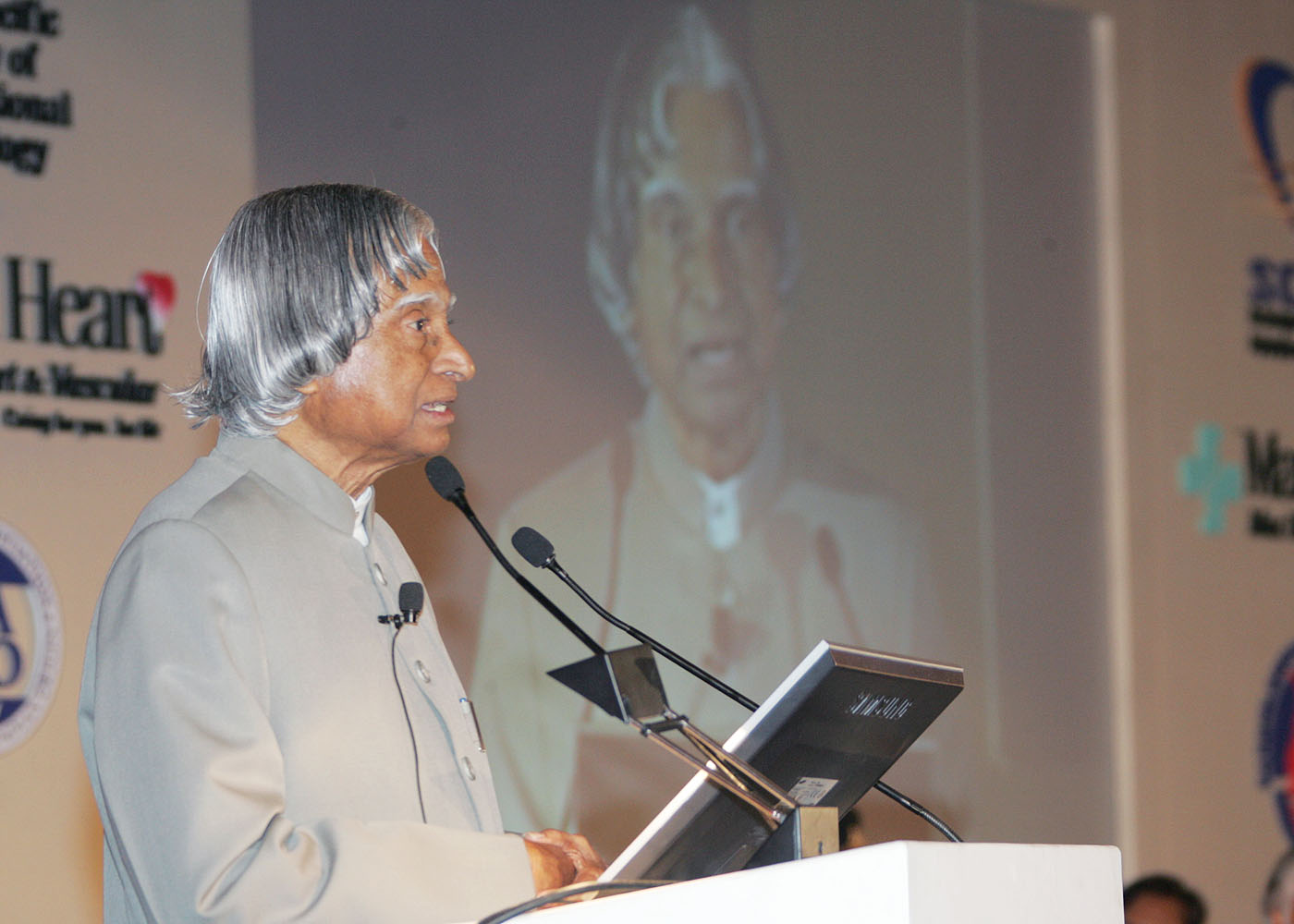

Life Style Intervention
The life style given to these patients was very simple and elegant. In fact, they received a traditional Indian diet having lots of fiber, fruits and sprouts which I understand was a staple diet of every Indian family about five decades ago. The exercise given was simple; a brisk walk both in the morning and evening hours (5 km in one hour). The major component of the intervention was stress management through meditation. The main efforts were to empower patients with information and education on heart disease and how they themselves can control or reverse it.

Angiographic Evaluation
I understand that angiographies were coded and analyzed by a panel of independent angiographers. The outcome appears to be quite rewarding. Like any medical treatment, a visibly marked improvement in cardiac health of these patients could be seen within seven days of the commencement of the intervention. Their requirement of drugs prescribed by their cardiologists decreased markedly. The symptoms of chest pain and uneasiness reduced. Their capacity to exercise improved dramatically. I understand that after six months of intervention, some of the patients were even able to take to swimming. The so-called bad cholesterol, stress hormones profile improved noticeably. The psychological or mental health showed considerable improvement. The heartbeat became very rhythmic and natural. The brain waves especially the Alpha wave, which I understand is an indicator of mental tranquility increased dramatically. In fact, the increased Alpha waves could be recorded both during eye closed and eye open conditions, suggesting that while they were doing their routine work mental tranquility was well maintained.
When their angiographies were repeated the control group showed an increase in artery blockage whereas the group, which received life style intervention, showed a substantial decrease in artery blockage. Thus, this experiment clearly gives us ample evidence to confirm the hypothesis about the efficacy of lifestyle intervention in promoting sustainable healthy hearts. The Interventional Cardiologists participating in this Conference may like to study the findings of this research work and use it to their advantage for advising their patients so that they do not encounter a recurrent heart problem. I have given a multimedia conference talk to the world congress at Mount-Abu from Madurai on 22 Sep 2006. Many of the cardiac experts assembled here, probably would have participated in this conference also, and they will share their experiences with you. Now, I would like to discuss about the special characteristics of Indian population and possible solution.
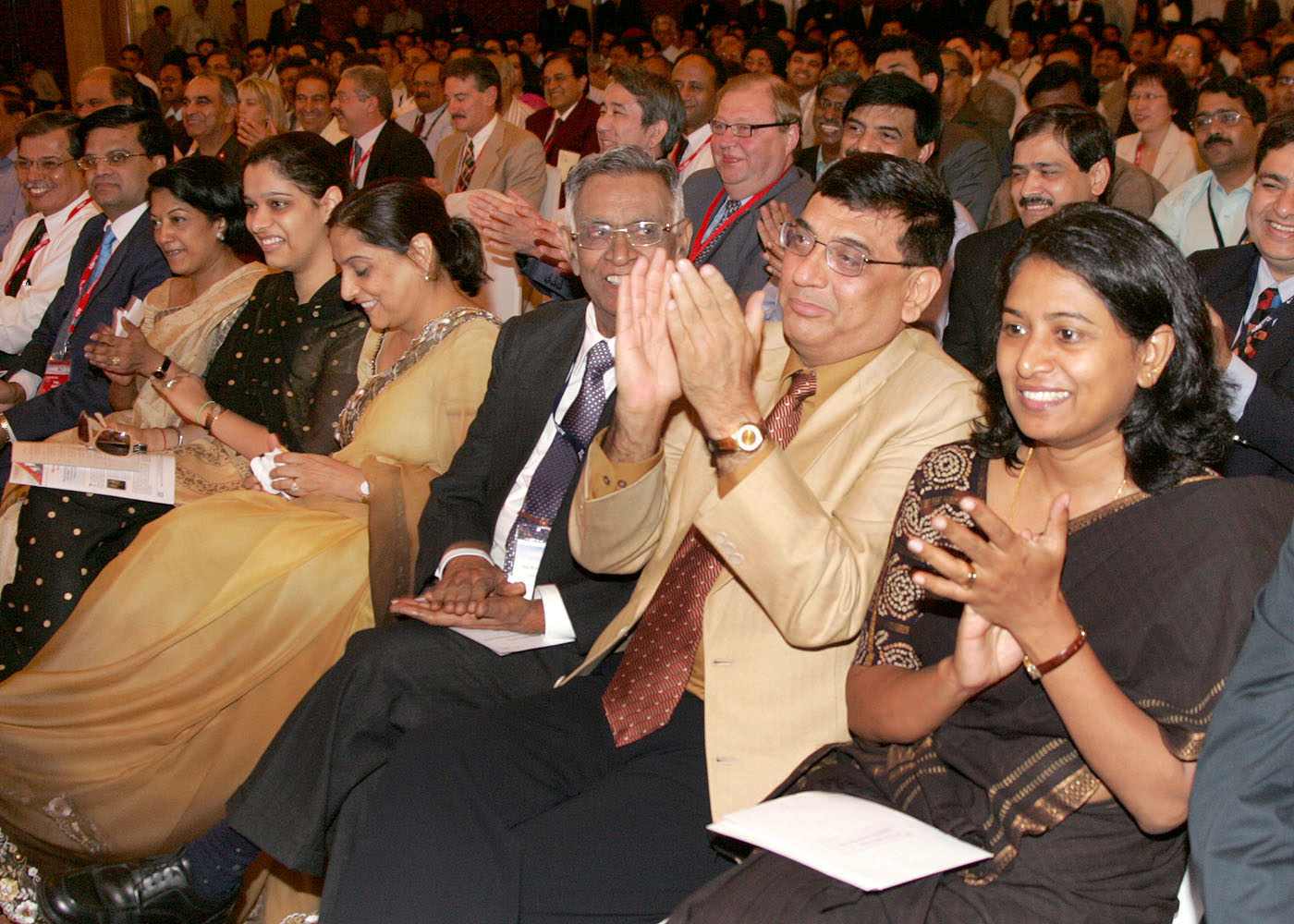
Gene Chip It is reported that Indian population is susceptible for coronary heart diseases, that too at a relatively young age, irrespective of where they live. As you are aware, Gene Chip arrays have tremendous potential in identifying genetic variations associated with heart disease for discovering new drug targets.
Recently, I met Dr. Cherian of International Centre for Biomedical Sciences and Technology (Research & Applications) and Dr. Emmanuel?s who is working on the Gene Chip. He says that it can be used for finding the existence of genetic diseases including coronary artery diseases in the child during a certain stage of pregnancy itself.
As many as 50 different mutated genes are identified as responsible for heart problems in Indian population. If a person is not having any of these harmful mutated genes, then he or she may not suffer from heart ailments. Yesterday, there is an announcement about the award of Nobel prize for medicine for the discovery of ?how to silence the gene?. Interventional cardiologists may find a potential application of this concept if the science transforms into technology in future. Based on this information, proper guidance can be given to the patients and parents. The chip could also be modified to suggest to the patient?s system to develop those chemicals which in turn will help the patient recover from the present situation. Also, if a person has been found to be susceptible to cardiovascular disease based on genetic analysis, lifestyle intervention can be suggested by the doctors as a preventive regime to such candidates so that they do not become victim to heart problem.
Now, I would like to discuss another non-invasive procedure which is finding application in the treatment of coronary artery diseases called External Counter Pulsation (ECP).

External Counter Pulsation (ECP)
My study indicates that there are many views on the use of ECP for treatment of CAD. I am told that ECP works by dilating the heart's blood vessels, opening up of dormant blood vessels which were present since birth but did not open up and by stimulating the formation of new blood vessels. Thus it has features of angioplasty, bypass and gene therapy. Some specialists say that ECP should be normally used only when the patient is not fit enough to undergo interventional cardiology procedure or bypass surgery. Few other specialists say that if ECP can be effective for difficult cases why not for other simpler cardiovascular cases also when the patient is coming with a problem for the first time. One factor on ECP is, it requires 35 hours of treatment spread over six weeks. Many times patients may not be willing to wait for such a long period. Interventional cardiology or bypass may be a faster solution. From cost consideration, interventional cardiology could lead to an expenditure of more than Rs. 2 lakhs for the patient if he has to be fitted two stents, whereas the cost of ECP sittings may vary from Rs. 35,000 to Rs. 70,000 based on the hospital where the procedure is done. While India has few ECP centres, I find that China has 10,000 ECP centres and US has 500 ECP centres. Interventional cardiologists may like to discuss the reasons for such variations. Some specialists say that ECP fits into the thinking process of common man whereas the bypass and interventional cardiology in the capitalist thinking process.
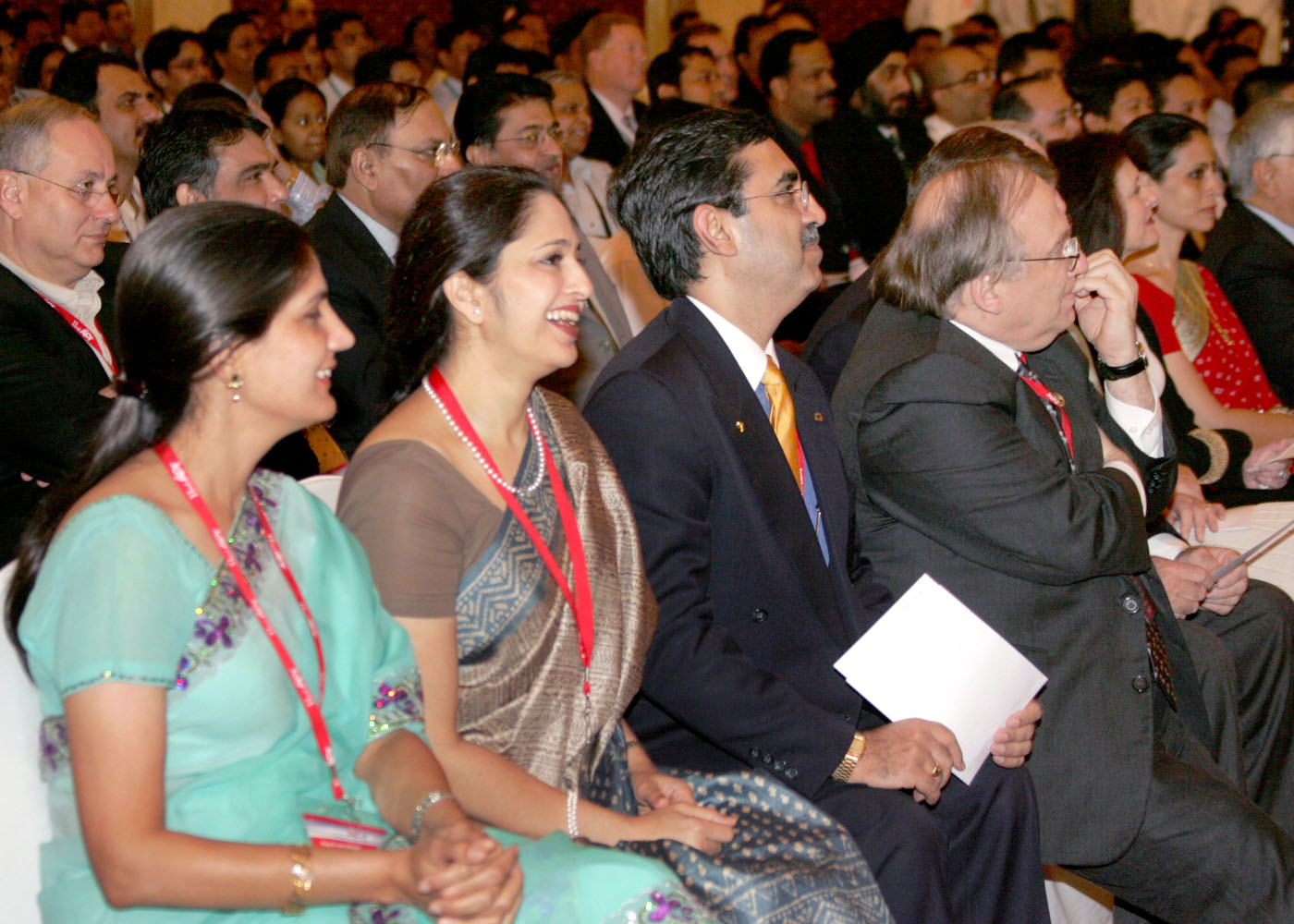

Future of Cardiology
In my view, the future of cardiology has also to give importance for prevention of cardiac diseases. Gene map of individual may help predict susceptibility to various cardiac disorders; correction of the gene defect itself or modifying the environment to protect against the expression of gene defects may be the future answer to the cardiovascular disorders. While discussing all aspects of interventional cardiology, we have to recognize another potential area of research of nano-science which has already entered into diagnosis and treatment of diseases, particularly relating to brain cancer and heart. It is predicted that nano-robots will carry diagnostic probe and treatment solutions. Finally the robots will get digested in the human system after curing the disease since the robot is DNA based. I have seen in Seoul laboratories, South Korea, the DNA robot getting ready for multi-centric trials. Sometimes I feel that the world may declare the early phase of twenty-first century, as a century of nano-science research and technology leading to revolution in human life enrichment.

Conclusion: Suggestions
Now, I would recommend the following seven suggestions for the members of interventional cardiology participating in this conference.
a. Carrying out research which will enable provision of totally non-invasive treatment to cardiac patients based on convergence of nano-bio and info technologies.
b. Furthering the research on gene chip for establishing the probability of occurrence of CAD on the new born child and suggest the lifestyle intervention to be followed for the child to the parents so that the child lives in conducive environment.
c. Promoting the life style intervention results followed by DRDO Global Hospital experiments on the 3-dimensional approach to heart care. The conference may discuss whether the 3 dimensional approaches to heart care can become a part of the treatment schedule on interventional heart care cases.
d. Every interventional cardiologist participating in this Conference would have conducted thousands of angioplasty procedures over the years. I would suggest that they should share their experience about the number of years after which a heart patient comes back with a problem after undergoing initial fitment of one stent, two stents or three stents. This information will be useful for many researchers and practitioners to evolve a medical schedule and identify the research area for enhancing the period for which the patient will continue to remain healthy without any heart problem.
e. In balloon angioplasty, many of you would have gone through certain experiences of serious problems arising out of balloon burst. I was thinking with smart bio-materials in sight, whether the balloon and Stent together can be replaced using Bio-smart material without using air, which can have higher levels of safety. The medical community may initiate and collaborate in this area of research with smart material scientists.
f. In internet I have seen, there are two Indian journals such as: Indian Pacing Electro physiology Journal and Indian Heart Journal. You will know better, how much the interventional cardiology research, development, experiences and operation theatre experiences are discussed in these journals. If it is essential, you may like to start an exclusive journal for interventional cardiology including the topic on lifestyle intervention.
g. A new website may be launched on the occasion of this Conference, putting the theme papers as source material. Later, the same website could be used by all the participants of AICT Conference to share the clinical data from different countries for a particular cardiac disease. This will enable the researchers to carry out focused research for finding proper solution to cardiac problems facing the humanity.
I have seen in ophthalmic care, the hospitals are providing free treatment to at least 30% of patients who cannot afford. Similarly, even in heart care there are some hospitals that provide free cardiac-care to certain percentage of patients including open heart surgery to economically weaker sections of the community. Finally, I would like to suggest the necessity of cardiac doctors and physicians who attend the patients to become teachers to the family and the friends who visit the hospital to look after the patients.
My best wishes to all the members participating in this Conference in their mission of providing healthy heart to the needy.
May God bless you.
<<Back
|
|